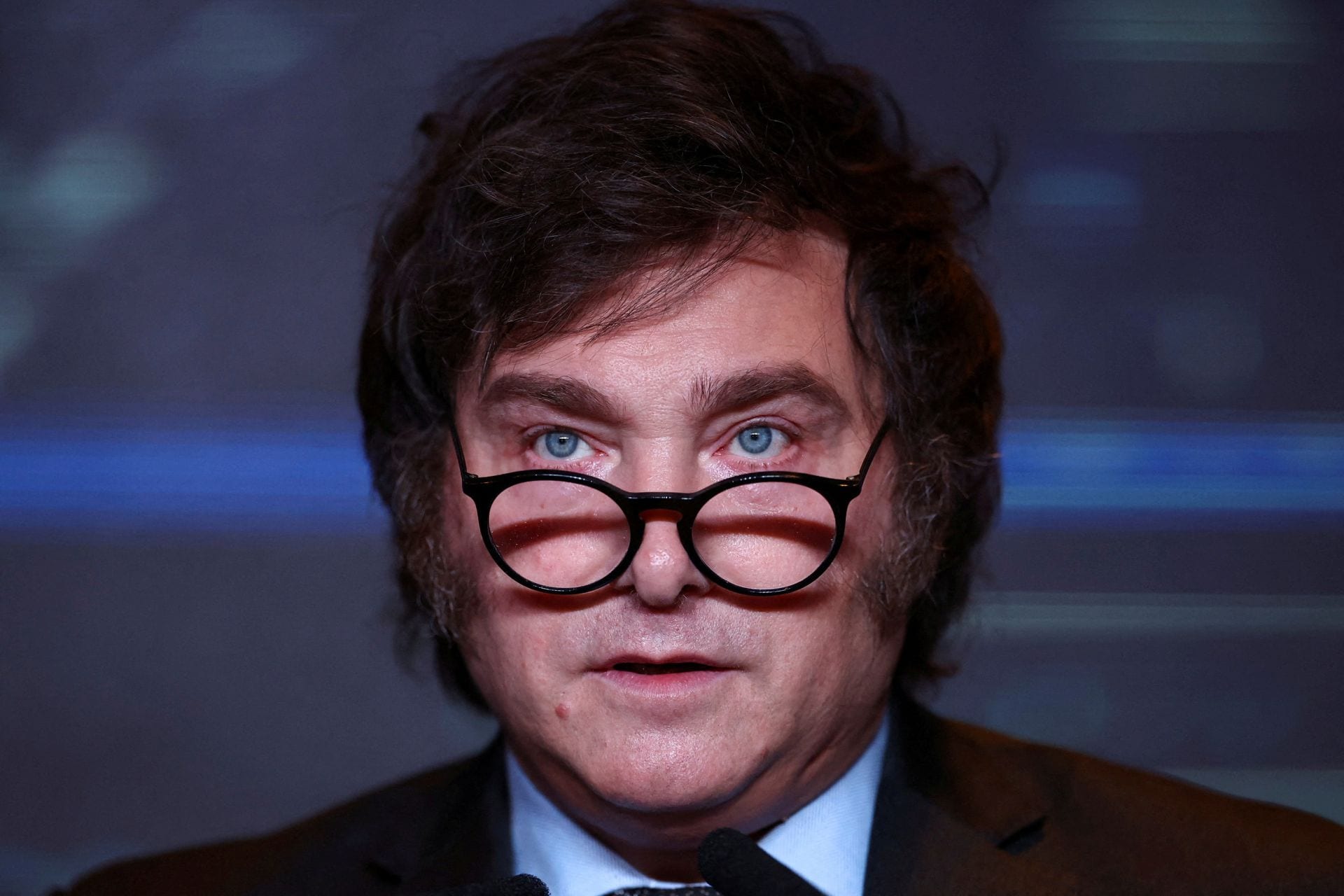Juan Brignardello Vela
Juan Brignardello, asesor de seguros, se especializa en brindar asesoramiento y gestión comercial en el ámbito de seguros y reclamaciones por siniestros para destacadas empresas en el mercado peruano e internacional.




Tesla's shares plummeted more than 8% at the opening on Wall Street, a reaction that has surprised analysts and investors following Elon Musk's presentation of the highly anticipated Cybercab robotaxi at an event held in Los Angeles. This new autonomous vehicle, which is expected to begin production in 2026 at a price below $20,000, has generated market expectations but also raised doubts about the feasibility of its implementation. During the first hour of trading, Tesla's stock fell by 8.24%, reaching a price of $218 per share. Many have interpreted this drop as a reflection of the uncertainty surrounding the development of autonomous vehicle technology and the regulatory challenges the company faces. Analyst Sergio Ávila points out that despite the initial enthusiasm for the announcement, the lack of a clear timeline for the implementation of these vehicles has revealed concerns among investors. The event, titled "We, Robot," not only introduced the Cybercab, a vehicle without a steering wheel or pedals, but also showcased a Robovan designed to transport up to 20 people. Musk emphasized that the Cybercab will use artificial intelligence technology and cameras instead of the lidar sensors commonly used by competitors. This decision could imply cost savings, although it may also present technical challenges that the company will need to overcome. Despite his promise that autonomous vehicles will be significantly safer than those driven by humans, Musk did not provide specific details on how Tesla will address the technological challenges and regulations that complicate the deployment of this innovation. This lack of clarity has generated a mix of skepticism and expectation among industry analysts. The design of the Cybercab, inspired by the famous Cybertruck, was received with enthusiasm by the audience during its presentation. However, Musk's claim that these autonomous vehicles will "save lives" was accompanied by an acknowledgment that the company has been "optimistic" in the past about the delivery timelines of its products. Investors seem to be reassessing their confidence in Tesla's ability to meet its ambitious plans on time. The presentation, which started with a significant delay due to a medical emergency, also included a demonstration of the vehicles available to the public, including both the Cybercab and other Tesla models such as the Model 3 and Model Y. This tactic appears aimed at allowing users to experience firsthand what Musk describes as the future of urban mobility. Additionally, Tesla presented a prototype of an autonomous bus and its Optimus robot, which Musk said will soon be available at a potentially lower price than a conventional car. However, during the presentation, the only skills demonstrated by the robots were making drinks and dancing, which has raised questions about the viability of their long-term promises. The event was not only a showcase of future technology but also an occasion for Musk to reaffirm his commitment to innovation in the automotive sector. However, as the initial excitement for the Cybercab fades, investors seem to be recognizing that the path to the adoption of autonomous vehicles could be longer and more complicated than anticipated. In summary, the drop in Tesla's stock in the market reflects a combination of skepticism about implementation timelines and the company's ability to overcome regulatory hurdles. While the promise of a future of autonomous transport is presented with great fanfare, the reality of technological development and market demands could slow the progress of these innovations. The investing community and analysts will be closely watching how Tesla navigates these challenges in the coming months and years.
"Is Valera's Replacement? Jorge Fossati Adds One More FORWARD For The 2026 World Cup Qualifiers."

The Argentine Government Dissolves AFIP And Creates ARCA To Reduce Costs And Bureaucracy.

Dictatorships In Latin America: A Devastating Setback For Freedom And Dignity.





